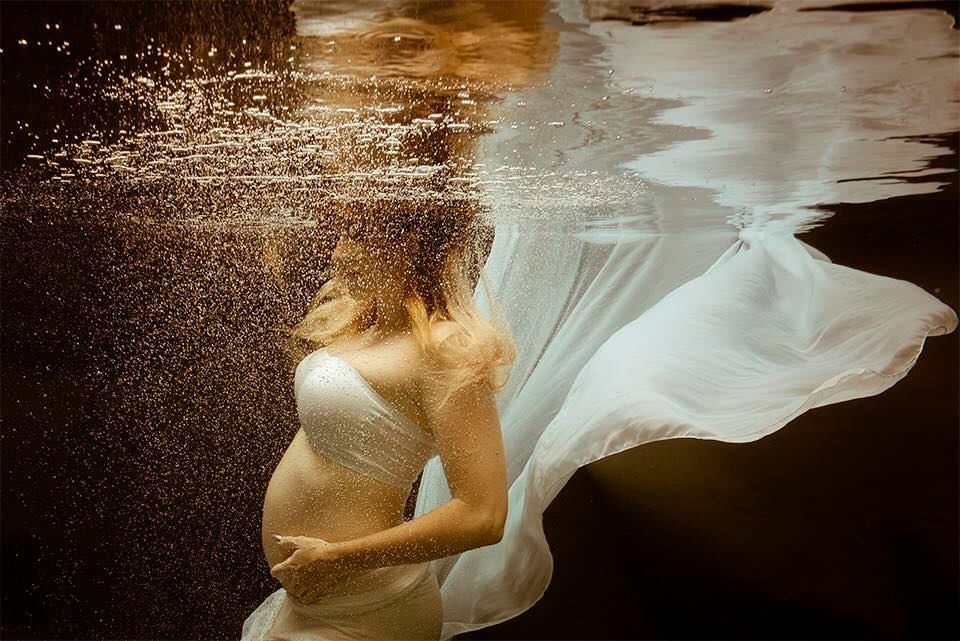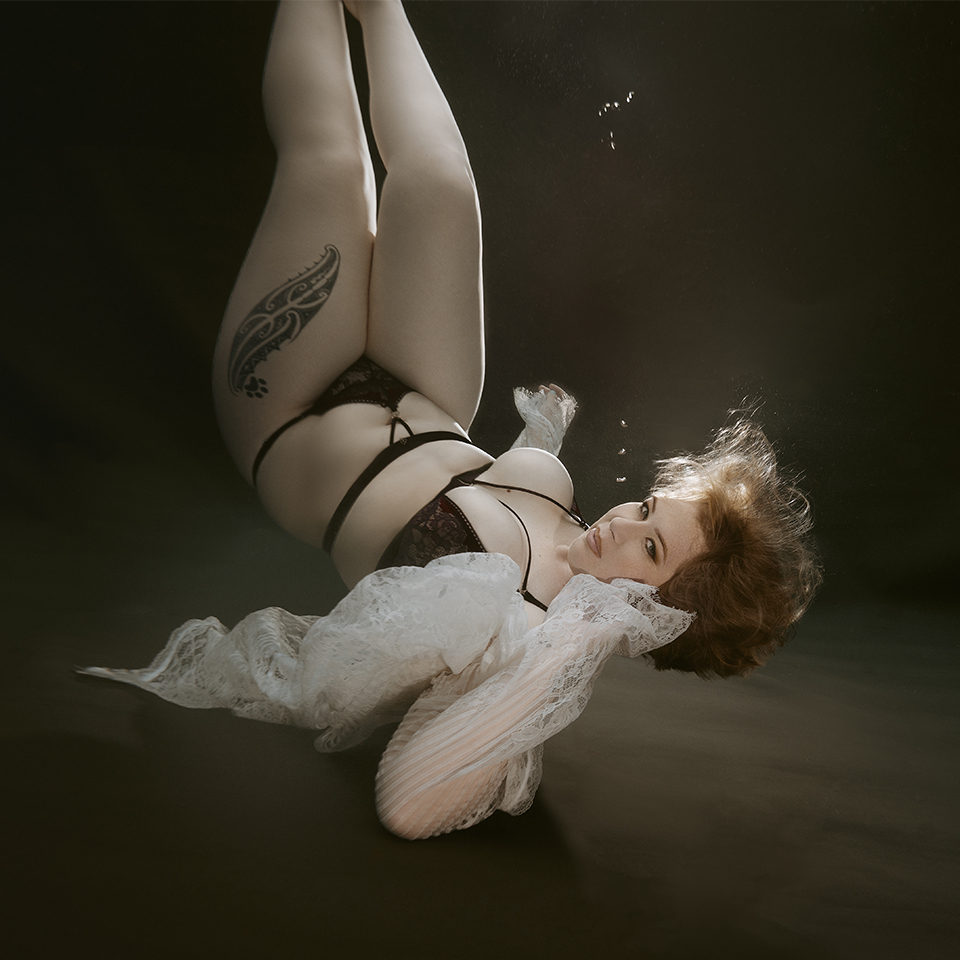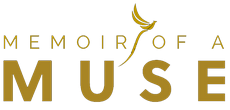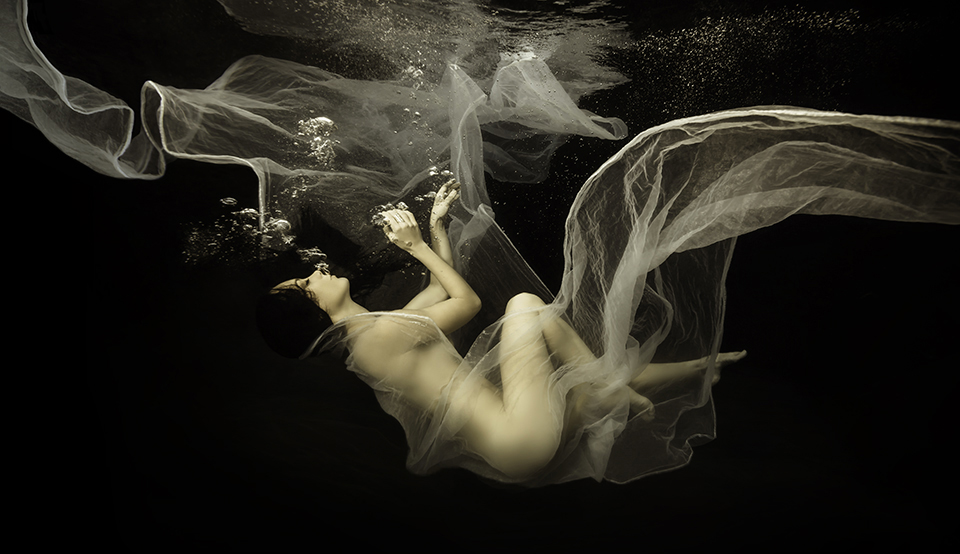MASTERING THE ART & BUSINESS OF UNDERWATER PORTRAIT PHOTOGRAPHY : 15 YEARS OF EXPERIENCE AND INSIGHTS
22/05/202316 TIPS TO NAIL YOUR FIRST UNDERWATER POOL PORTRAIT PHOTOSHOOT.
03/06/2023
FROM HOBBY TO PROFIT: UNLEASHING THE MAGIC OF UNDERWATER PORTRAIT PHOTOGRAPHY
In a conversation with an underwater portrait photographer, he mentioned that one of the most challenging aspects of our profession lies in finding individuals who can pose underwater. However, we couldn’t help but disagree! In this blog, we aim to highlight the significance of diversifying your subjects and embracing the unique challenges of photographing inexperienced individuals underwater.
Equipment, technical expertise and... the alchemy.
A professional underwater (pool) portrait photographer’s role extends far beyond simply seeking out suitable subjects. Clearly, working with experienced models, Instagram mermaids, and dancers who possess the skill to pose effortlessly can certainly make capturing breathtaking photos easier. Their familiarity with the camera and understanding of posing techniques can elevate the overall aesthetic and help you achieve breathtaking results, especially in an environment where communication is limited. However, solely relying on these subjects may hinder your growth as an underwater portrait photographer and a business. Those sessions are often done through TFP (time for photos) agreements. In a TFP arrangement, the photographer provides the model with their best photographs from the session in exchange for the model's time, without any financial exchange or any pressure to exceed someone expectation.
The difference between a hobbyist and a professional photographer.
Professionals pursue underwater portrait photography as a career.
Hobbyists shoot for personal enjoyment and creative express and in this social media age, many shoot to impress their followers whereas a professional shoot to solely exceed the expectation of their clients.
Unlike hobbyists, running a business means having the responsibility to provide exceptional services and deliver outstanding results to paying clients. The financial transaction adds an additional layer of accountability.
The secret...
Having the right equipment and technical expertise is just the foundation. The secret to transforming your hobby into a profession lies in your ability to transform anyone into ethereal water enchantresses within the fleeting moments of a photo shoot, regardless of how nervous or inexperienced they may be in the water.
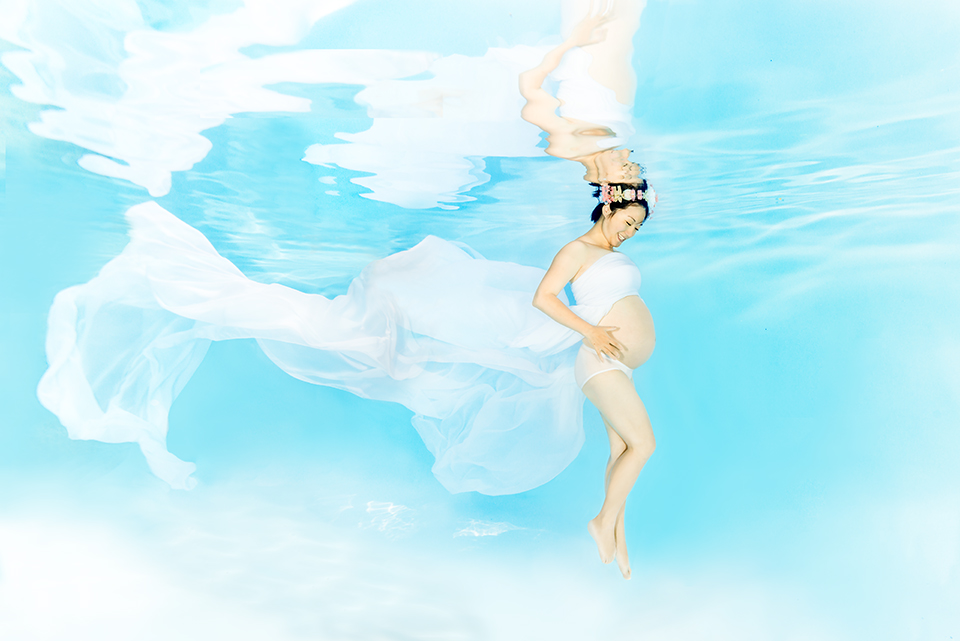
Who says you need to be a swimmer to shine underwater? This incredible pregnant muse approached us at an expo, booking an underwater maternity shoot despite not being a swimmer. And boy, did she rock it! Just take a look at that smile! Proof that you don't need fins to make waves!
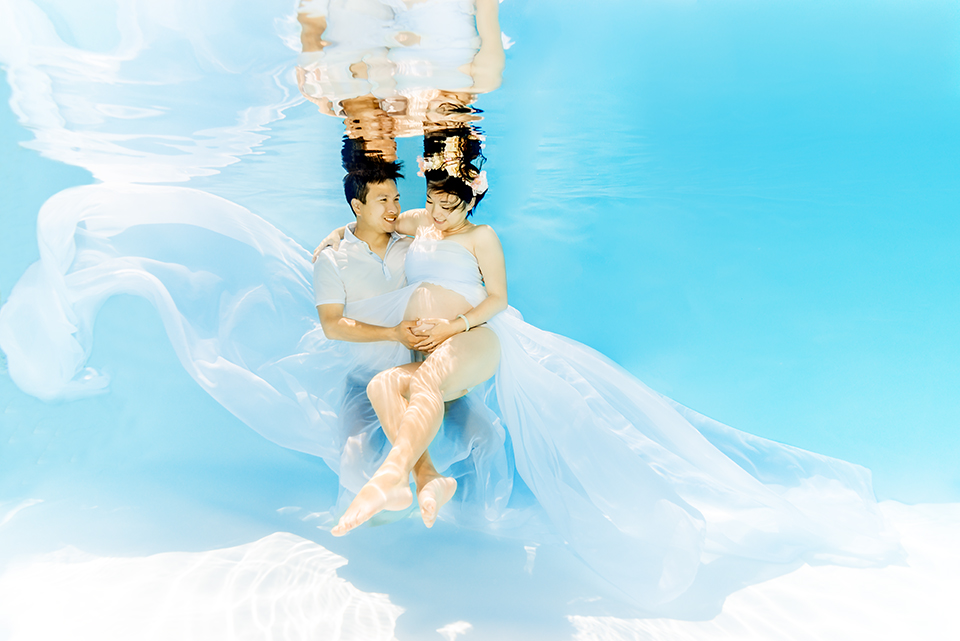
Photograph everybody and every body!
Working with non-models does come with its own set of challenges:
-
Water comfort: Not everyone feels comfortable or confident in the water. Some individuals may have limited swimming skills, some may be unable to open their eyes underwater, and some may be tense, affecting their ability to pose and relax during the shoot. Building trust and providing reassurance becomes crucial to help them feel at ease.
-
Buoyancy and Movement: The dynamics of movement and buoyancy undergo a significant transformation underwater, which can have a profound impact on how your subjects pose and position themselves. It's important to note that underwater subjects may not possess the same level of control or body awareness as experienced models. To overcome these challenges, dedicating time to practice underwater posing is crucial. By doing so, you can gain a better understanding of the unique difficulties involved and develop effective strategies to navigate them successfully.
-
Communication and Direction: Communication is limited to before and after every submersion. Use clear, concise, and effective instructions to guide your client. Fact is they will forget half of what you said anyway!
-
Breathing techniques: Breathing techniques are essential when working with inexperienced models in underwater photography. These models may have a submersion time ranging from 3 to 15 seconds, which directly affects the duration of the shoot and the complexity of poses they can achieve. To help them improve their comfort and extend their submersion time, it is crucial to prioritize patience, understanding, and effective breathing techniques.
Working with non-models in underwater photography presents its share of challenges, but with patience, adaptability and guidance, it is possible to overcome these challenges and capture captivating underwater portraits that showcase unique beauty and authenticity.
The rewards of photographing inexperienced people are boundless. These experiences nurture your growth as a photographer, helping you become a master of your craft. This diversification not only enriches your portfolio but also pushes the boundaries of your abilities. It propels your growth as a photographer and broadens your appeal to a wider range of clients.

From swimmers to non-swimmers, sinkers to floaters, self-conscious to anxious, you will build three essential skills that will elevate your craft to new depths:
1. Assessing your clients:
A keen eye and attentive ear are your allies when it comes to understanding your client's comfort levels and overall confidence. Take the time to engage in meaningful conversations, allowing them to express their fears, desires, and expectations. By establishing a genuine connection, you can gauge their readiness to venture into the underwater world and tailor your approach accordingly.
2. Understanding limitations and capabilities:
Recognize that each subject will have unique limitations and capabilities when it comes to underwater posing. Factors such as physical fitness, swimming skills, and level of comfort in the water play a significant role. By understanding these factors, you can adapt your approach and suggest poses that are within their abilities, ensuring their safety while still achieving visually stunning results.
3. Understanding and Overcoming Challenges:
Gain a deep understanding of the unique challenges associated with underwater posing and learn effective strategies to overcome them.
When you possess these three skills in your repertoire, you have the power to turn the ordinary into something truly extraordinary. It's important to remember that it is through your expertise and understanding that the true beauty of your subjects comes to life. Developing the skill to transform anyone into enchanting aquatic muses holds the key to not only capturing captivating underwater portraits but also transforming your cherished hobby into a thriving business.
Thank you for taking the plunge into this week's blog post. Swim back for more content.
Happy shooting!
Steffen & Arielle

